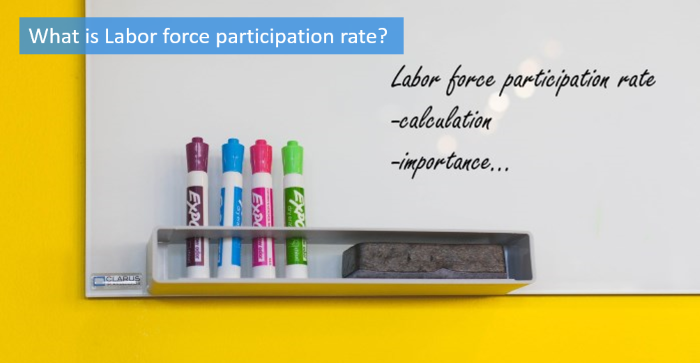What is Labor force participation rate?
Labor force participation rate is a measure of the proportion of a country’s working-age population that engages actively in the labour market, either by working or looking for work
Labor force participation rate definition
The ratio between the labor force (all those currently employed or seeking work) and the nation’s total working-age population. It provides an indication of the size of the supply of labor available to engage in the production of goods and services, relative to the population at working age.
The way we recruit people has changed dramatically, and the labor force participation rate is one of the reasons for that.
How to calculate the labor force participation rate?
The labor force is the sum of the number of persons employed and the number of persons unemployed.
Thus, the measurement of the labor force participation rate requires the measurement of both employment and unemployment.
Two types of labor force
1. Employed
Comprises all persons of working age who during a specified brief period, such as one week or one day, were in the following categories:
- paid employment (whether at work or with a job but not at work); or
- self-employment (whether at work or with an enterprise but not at work).
2. Unemployed
Comprise all persons of working age who were:- without work during the reference period, i.e. were not in paid employment or self-employment;
- currently available for work, i.e. were available for paid employment or self-employment during the reference period; and
- seeking work, i.e. had taken specific steps in a specified recent period to seek paid employment or self-employment.

Why is labor force participation rate important?
Tracking what is happening in the labor market is important. The labor force participation rate is related by definition to other indicators of the labor market. The labor force participation rate indicator plays a central role in the study of the factors that determine the size and composition of a country’s human resources and in making projections of the future supply of labor.
As we all know, the situation is not very favorable. There is a lack of talent, and recruiters must know how to find the right job candidates.

